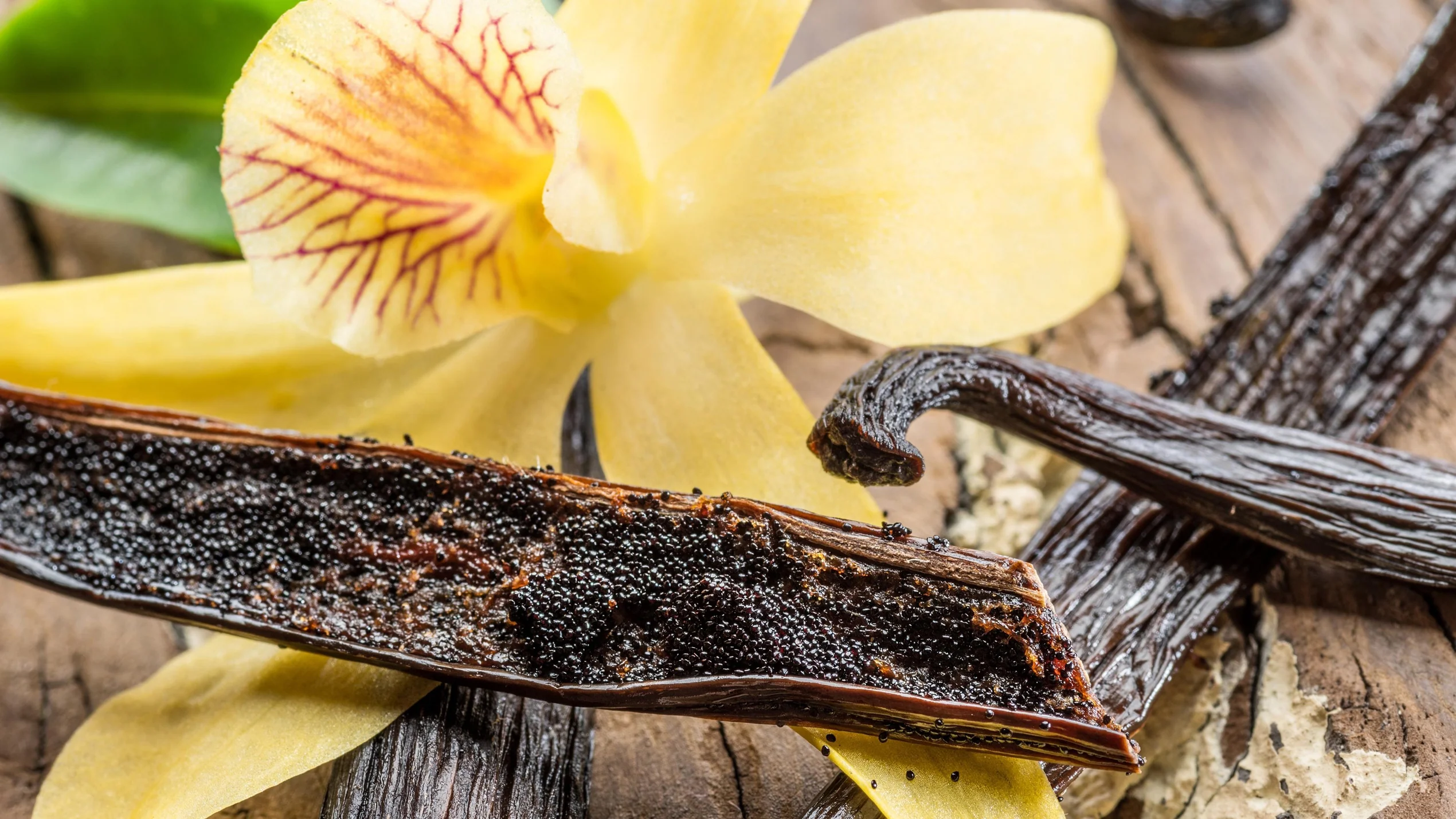Our Location
Jl.raya gunung putri no. 99
Gunung Putri, selatan Gedung A

Vanilla is often referred to as the world’s most labor-intensive spice. While growing the beans requires care and time, the true magic of vanilla begins after harvest. The signature aroma and flavor that make vanilla so prized come from a meticulous curing process that takes several months to complete.
At Alamara, we partner closely with farmers on Flores Island to ensure that every bean is properly cured. This step is crucial — it’s what separates an ordinary vanilla bean from a world-class product.
What Happens After the Harvest?
When vanilla beans are first harvested, they’re still green and virtually odorless. The rich, complex flavor that vanilla is known for doesn’t exist yet. It’s the curing process — a series of carefully controlled steps — that transforms raw green beans into the fragrant, flavorful ingredient beloved worldwide. During curing, vanillin and other key aromatic compounds develop, unlocking the true potential of each bean.
The Four Key Steps in Vanilla Curing
Killing (Halting the Bean’s Growth):
The first step involves stopping the bean’s natural growth, usually by dipping it briefly in hot water. This not only halts development but also activates the enzymes responsible for producing vanillin, the compound that gives vanilla its familiar scent and taste.
Sweating (Fermentation Stage):
After killing, the beans are wrapped in blankets or stored in wooden boxes to “sweat.” This warm, humid environment triggers fermentation, which deepens the flavor and initiates the development of vanilla’s characteristic aroma.
Drying (Reducing Moisture):
Once fermentation is complete, the beans are laid out to dry in the sun during the day and brought indoors at night. This gradual drying process carefully reduces moisture levels while preserving the bean’s aroma and preventing mold.
Conditioning (Maturation):
In the final stage, the beans are stored in closed boxes for several months. This slow aging process allows the flavor to mature and the aroma to become more concentrated and complex — a hallmark of premium vanilla.
Why the Curing Process Matters
Curing is not just a finishing touch — it is essential to the quality and value of vanilla. Without it, vanilla beans have no real flavor. The curing process creates vanillin and hundreds of other aromatic compounds that give vanilla its unique depth. Properly cured beans also have a longer shelf life, are less prone to mold, and meet strict export and quality standards. For traders and buyers, consistently cured beans represent reliability, flavor, and confidence in every batch.
At Alamara, we treat curing as a vital part of our commitment to quality. By working hand-in-hand with farmers and experienced curers in Flores, we ensure that each bean is processed with care and precision. The result is vanilla that’s rich in flavor, beautifully aromatic, and ready for the global market.
Want to Know More About Our Cured Vanilla?
Get in touch with Alamara today to learn more about how we bring the best of Flores vanilla to your business — from farm, through curing, to export. Let us help you experience vanilla where taste meets tradition.